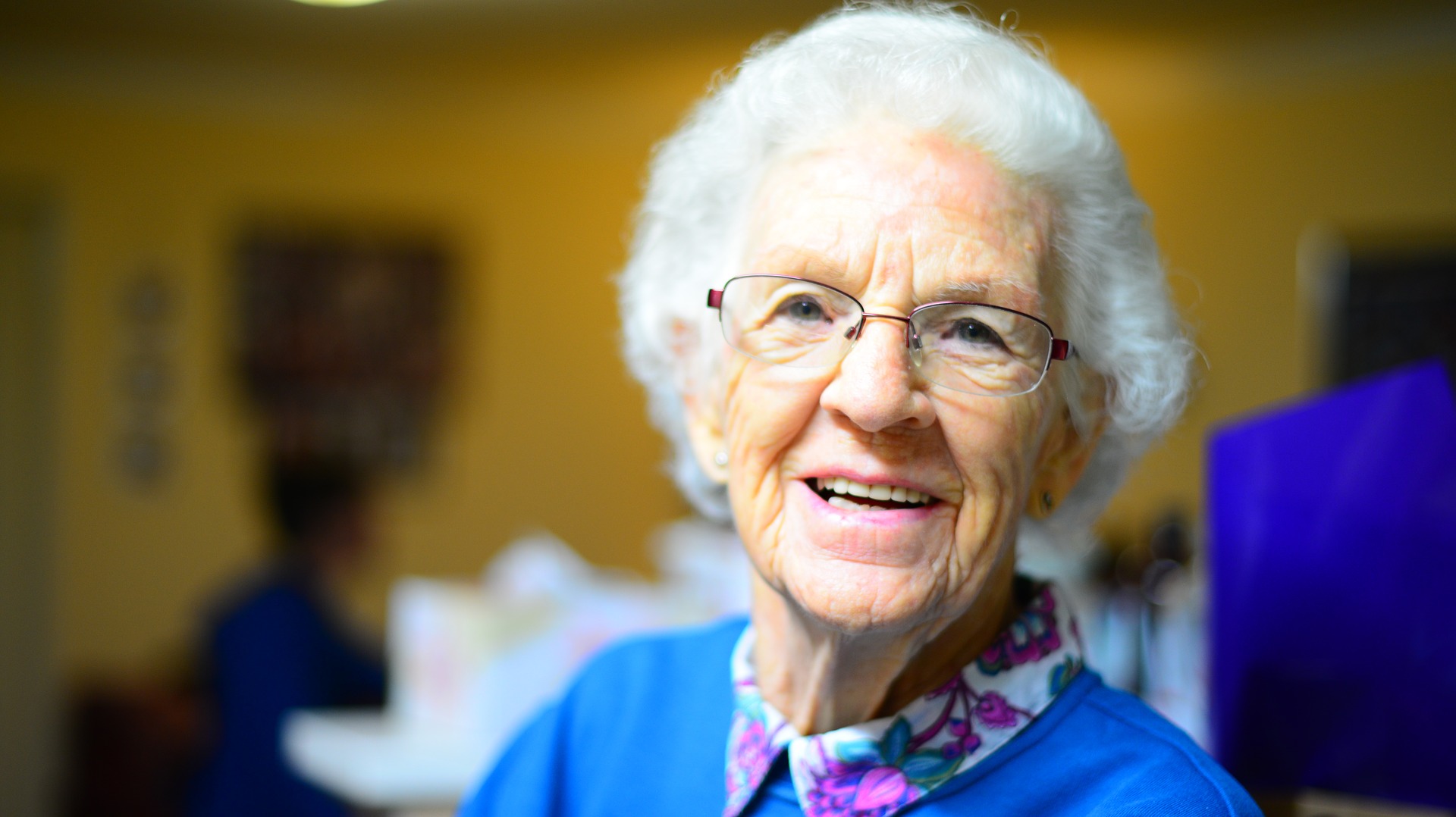
The evolution of the care and living situation for the elderly population in the United States has evolved considerably over the last few decades. At one time, the elderly who were not cared for in the home of a family member was forced to live with the mentally ill, drug addicts, and others. These centers have largely evolved to mostly or only include a senior population, but they still have many issues that have made them less than desirable to live in. Most recently, however, advancements have dramatically improved how older Americans are cared for.
More Personalized Care Options Available
One way that senior care has involved relates to the number of options available. For example, at one time, a nursing home was the most common and prevalent option. It provided a single solution to deal with a variety of senior needs, and this means that most needs were not completely met. Now, however, seniors can live a memory care center, an assisted living community, a nursing home and more. They can also choose home care or opt for hospice care during their final weeks.
The Increased Prevalence of Technology
Technological use has also increased in senior care. For example, seniors are now able to wear technology that can bring medical professionals directly to them regardless of the location they are in. There are also personal care robots, GPS tracking systems and more. Through the increased use of various types of technology, seniors can more easily get the care that they need.
On the other side of things, nursing homes are being built more carefully. With advancements in technology, and more people getting civil engineering degrees, these types of buildings can be built with accessibility features from the ground up. Specialized buildings become easier to build as technology advances.
More Options to Communicate With Loved Ones
At one time, living in a nursing home was a rather isolating experience. Family members often visited infrequently because of their own responsibilities and busy schedules. Phones were often not placed in residents’ rooms, and calling hours may have been limited. In some senior homes, wireless Internet service is provided, and residents can keep a computer in their room. They may be able to Skype or chat with loved ones as desired. They may also have a cell phone that they can use to contact relatives as desired. This makes the experience less isolating and may help them to seek care as needed with ease.
While senior care still has plenty of room for improvement, it has evolved considerably in recent years to improve the experience and the quality of care provided. If you have not toured some of the different centers in your area, now may be a great time to schedule an appointment and to learn about the options available.

